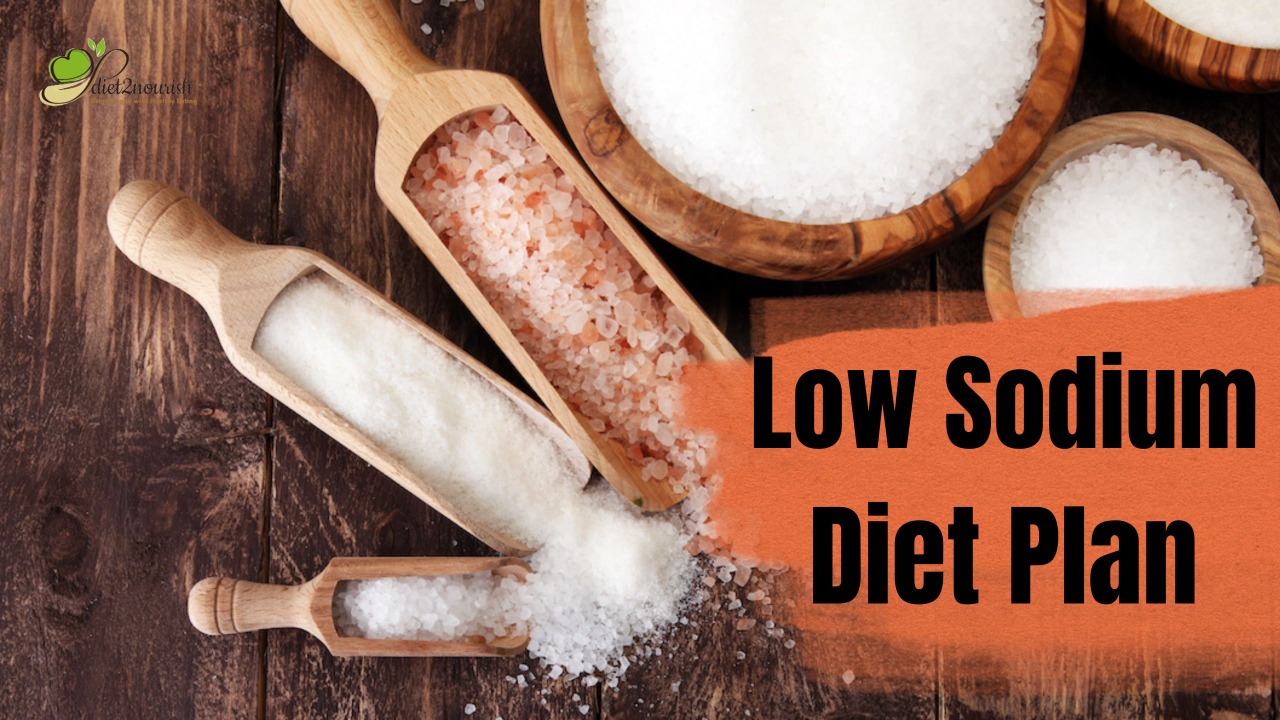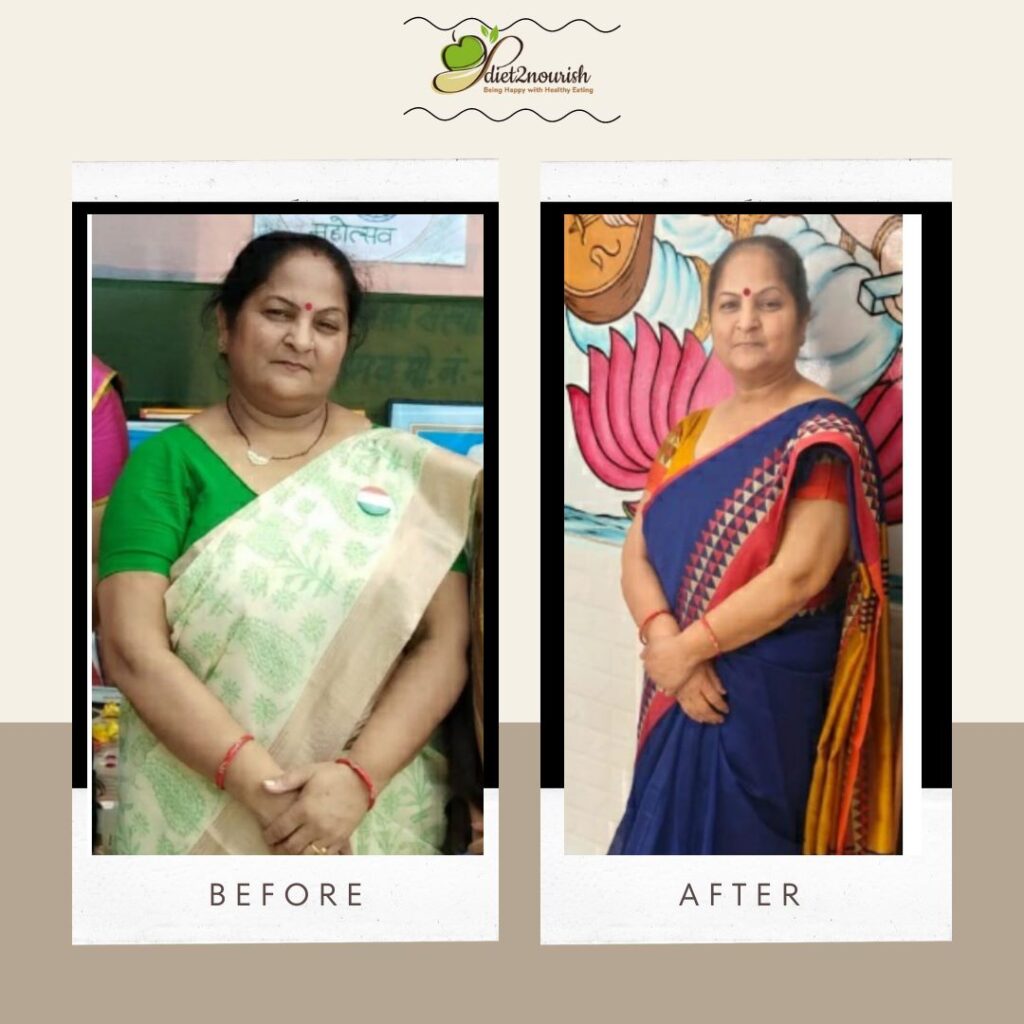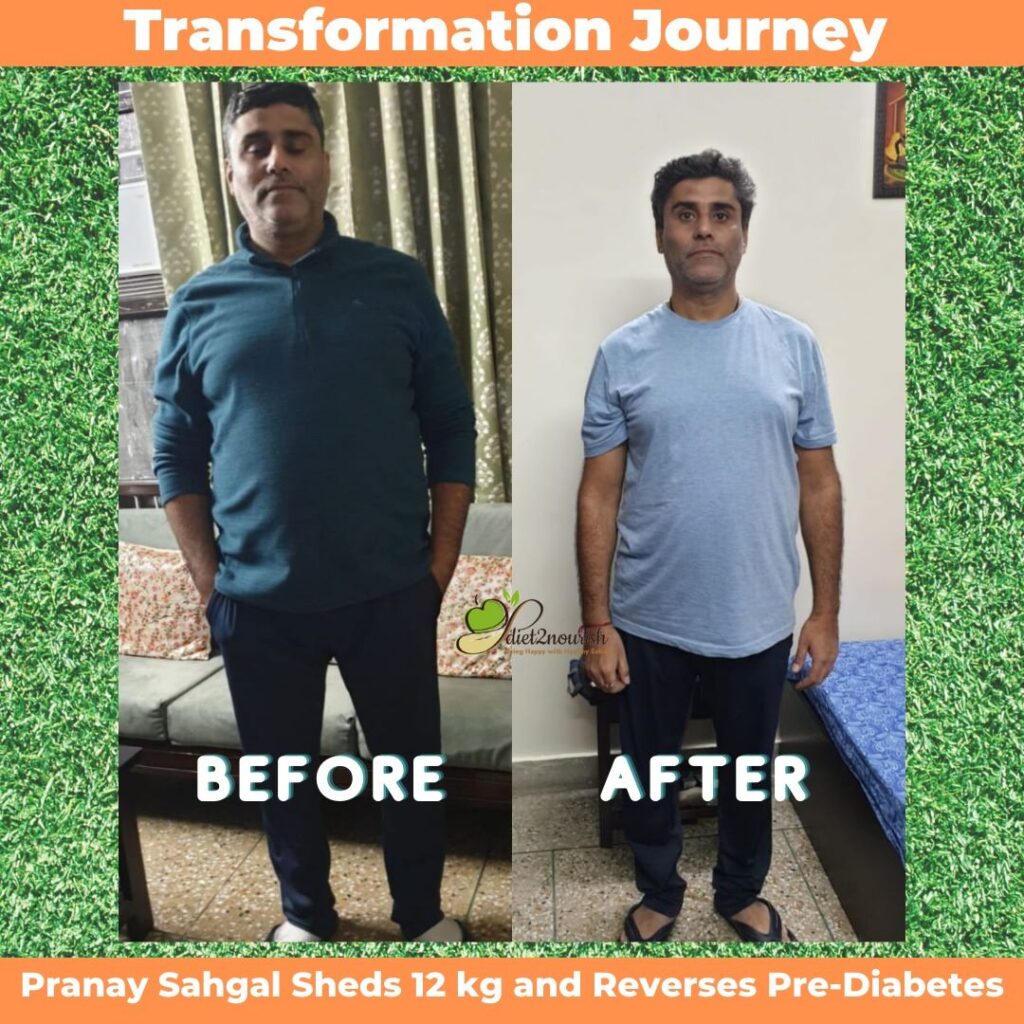Low Sodium Diet Plan
Sodium is a mineral that is important for the proper functioning of our body. The human body uses sodium to control blood volume and pressure, the muscles (contraction and relaxation) and the nerves use it to function, is essential for hydration, as it pumps water into the cells, helps maintain the right balance of fluids in the body, transmits nerve impulses, maintains osmotic equilibrium, and regulates plasma volume. It also acts as a primary electrolyte that regulates the extracellular fluid levels of the body. But in some, their bodies are more sensitive to the effects of sodium, and their body retains sodium easily, which may lead to chronic heart diseases, kidney diseases, strokes, and even cognitive heart failure. Too much sodium in the human body may also lead to osteoporosis, and stomach cancers. For such people, a low sodium diet plan is recommended.
What is a Low Sodium Diet?
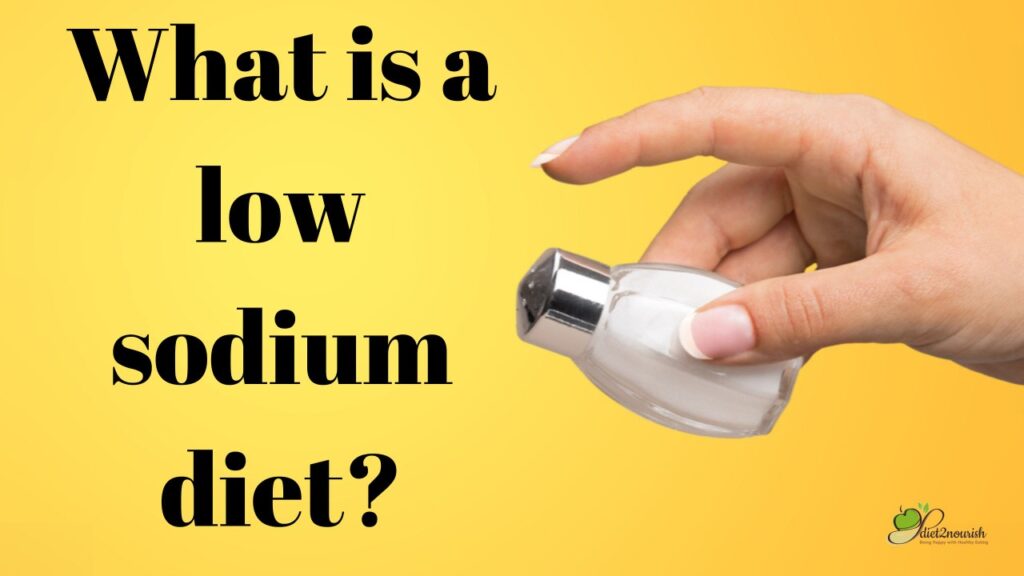
Sodium is a mineral that is naturally found in many foods. Though it might be vital for your body’s functioning, dietary sodium consumption is often had to be limited due to certain health circumstances. A low sodium diet limits the intake of sodium foods and beverages. When you are put on a low sodium diet plan, foods and beverages high in sodium are completely avoided to ensure your sodium intake is kept under recommended parameters.
Restricting the intake of sodium helps control and improve many medical conditions like:
High in Sodium Foods
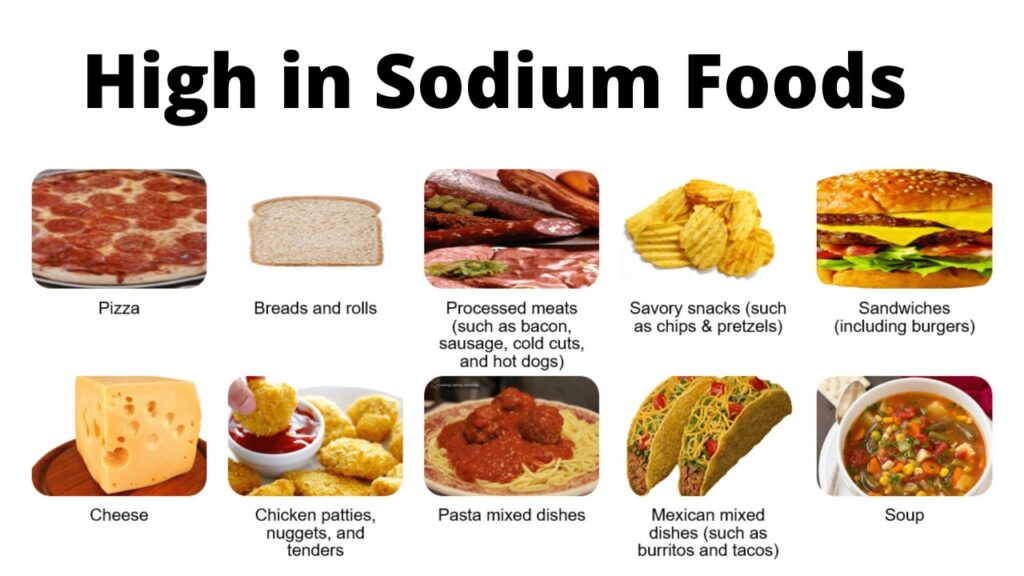
Sodium is found naturally in many foods, including some fruits and vegetables. It is added externally to flavor our foods, and also as a part of some food additives and preservatives. Here is a list of high in sodium foods that must be avoided on a low sodium diet plan:
Table salt:
Table salt is pure sodium. Chemically it is called sodium chloride. If you want to flavor your foods with salt, it is best to opt for low sodium salt.
Canned vegetables:
Canned vegetables are easily available in the market these days, and are also very popular because of their convenience. But they also are loaded with sodium at the same time.
Processed cheeses:
Processed cheeses are again another popular food item easily available across the shelves in supermarkets these days, but they tend to have higher sodium contents than natural cheeses.
Pickles:
We all love pickles alongside our food, but do you know that a single tablespoon of pickles may have as high as 241 mg of sodium?
Readymade sauces and ketchup:
We all flavor our foods with different sauces either while we are cooking our food or at the side of the dining table. The flavor that comes from these sauces is from the added salt/sodium in them. Soya and barbeque sauces are the saltiest of all.
Canned meats, poultry, and fishes:
Like all other canned foods, canned meats, poultry, and fish are laden with sodium.
Biscuits:
Biscuits are one food that we all consume and enjoy. The biscuits that are made from frozen dough have higher sodium contents.
Readymade frozen meals:
Due to convenience and lack of time these days, we tend to pick readymade frozen meals. Just a single portion of these meals, if you believe contains almost half of your daily dose of sodium intake.
Shrimps:
Frozen and packed shrimps mainly contain added salt and sodium-rich preservatives to flavor and store them for a long.
Cottage cheese:
Cottage cheese or paneer is a rich source of protein and calcium, but is also very high in salt.
Packaged vegetable juices:
Vegetable juices are a good way to drink your vegetables, but it also may be that you are drinking a lot of sodium.
Pizzas and sandwiches:
Pizzas are multi-ingredient dishes made of dough, sauces, processed cheese, canned vegetables, and processed meats – all high sodium items. Sandwiches are another food item that is made of multi-ingredients that are again high in sodium.
Fruits and vegetables:
Generally, fruits and vegetables are low in sodium, however, fruits like apples, papaya, mangoes, pineapples, melons, and pears, and vegetables like spinach, celery, beets, and carrots are rich in sodium.
Baked beans:
Like all other canned vegetables, baked beans have added salt and sodium preservatives to flavor and store for a long.
Bread:
Normal buns, bread, and dinner rolls have shocking amounts of sodium in them, and can significantly add up to your salt/sodium intake if you have several servings a day.
Low Sodium Foods

we generally tend to eat more sodium or salt than we need. Eating an excess of sodium can lead to high blood pressure. Here is a list of low sodium foods that we can include in our daily diet, to keep our sodium intake under control:
1. Whole grains:
Whole grains are an important part of any low sodium food chart, as long as they do not have or are made with added salt or salty ingredients. Brown rice, quinoa, oats, and whole-grain pasta are the best options to have.
2. Dairy:
Mainly dairy and dairy products are loaded with the richness of calcium, magnesium, and potassium, but certain dairy products like certain cheese have high amounts of sodium in them. Make sure you choose unflavored milk, yogurt, unsalted butter, kefir, and Swiss cheese.
3. Protein sources:
Mostly protein sources are sodium-free, but some foods like smoked and cured meats, and other preserved meats, poultry, and fish are loaded with salt or sodium. Protein sources that you can enjoy guilt-free are eggs, dried beans, freshly cut meats, poultry, fish, and unsalted nuts and seeds.
4. Fruits:
Most fruits are either low in sodium or sodium free, along with loaded with powerful antioxidants, minerals, vitamins, fibers, and other nutrients. Some of the best low sodium fruits that you can easily enjoy on a low sodium diet are apricots, bananas, grapefruits, and most berries.
5. Vegetables:
Vegetables and fruits are often recommended by doctors to lower blood pressure and cholesterol levels. Some of the best choices of low-sodium vegetables are cucumber, green beans, garlic, squash, eggplant, and asparagus.
6. Herbs and spices:
Herbs and spices are the best way to cut down on your daily salt intake. With bright and aromatic flavors, you can use different herbs and spices to flavor your dishes instead of using salt or sodium. Herbs and spices are a must addition to any low-sodium food chart.
7 days Low Sodium diet Plan
Day 1:
● Breakfast:
Oatmeal with berries and almond milk
● Lunch:
Grilled chicken salad with mixed greens, carrots, cucumbers, and a low-sodium vinaigrette
● Evening Snack:
Greek yoghourt with honey
● Dinner:
Grilled salmon with roasted asparagus and brown rice
Day 2:
● Breakfast
Scrambled eggs with spinach and whole-grain toast
● Lunch:
Turkey and avocado sandwich on whole-grain bread with a side of fruit
● Evening Snack:
Low-sodium popcorn
● Dinner:
Baked chicken with roasted sweet potatoes and green beans
Day 3:
● Breakfast:
Smoothie with banana, spinach, almond milk, and chia seeds
● Lunch:
Tuna salad with mixed greens, cherry tomatoes, and a low-sodium vinaigrette
● Evening Snack:
Low-fat cottage cheese with peaches
● Dinner:
Grilled pork tenderloin with roasted Brussels sprouts and quinoa
Day 4:
● Breakfast:
Greek yoghourt with berries and granola
● Lunch:
Grilled chicken wrap with mixed greens and a low-sodium dressing
● Evening Snack:
Low-sodium and whole grain crackers or biscuits
● Dinner:
Baked tilapia with steamed broccoli and brown rice
Day 5:
● Breakfast:
Whole-grain waffles with fresh fruit and maple syrup
● Lunch:
Veggie burger with mixed greens and avocado on a whole-grain bun
● Evening Snack:
Fresh salsa with low-sodium tortilla chips
● Dinner:
Grilled steak with roasted carrots and mashed sweet potatoes
Day 6:
● Breakfast:
Smoothie with banana, strawberries, almond milk, and protein powder
● Lunch:
Grilled chicken Caesar salad with a low-sodium dressing
● Evening Snack:
Low-fat yoghourt with granola
● Dinner:
Baked cod with roasted asparagus and quinoa
Day 7:
● Breakfast:
Scrambled eggs with low-sodium ham and whole-grain toast
● Lunch
Boiled broccoli with a bowl of cooked brown rice
● Evening Snack:
Fresh fruit salad
● Dinner
Well cooked tuna with baked potatoes and green salad
High Blood Pressure Low Sodium Diet
The DASH Diet, also known as the high blood pressure low sodium diet is typically a healthy eating plan that is designed to treat people suffering from hypertension or high blood pressure. The diet consists of foods that have high volumes of magnesium, calcium, and potassium. These nutrients in foods are valuable in controlling blood pressure. The diet also limits the intake of foods high in saturated fats, added sugars, and sodium. At times for people who have extremely high blood pressure and need immediate control, very low sodium foods or no-salt diets are recommended.
Cirrhosis low sodium diet
Cirrhosis is referred to as a late stage of liver scarring, also known as fibrosis. It may be caused due to many forms of liver conditions and diseases, chronic alcoholism, and others. The liver has the tendency to repair itself, each time it is damaged, but in the process of repair and regeneration, scarred tissues are formed, called cirrhosis. As cirrhosis advances and more scar tissues are formed, it becomes for the liver to function normally, and this could even be life-threatening.
Though the damage done because of cirrhosis can’t be undone, however, making changes in your diet and adapting to a cirrhosis low sodium diet can go a long way in recovering and limiting the liver damage.
Do’s and Don’ts
Eat clean, eat small, and eat often
People suffering from cirrhosis should eat clean, eat little at a time and eat often. This prevents the body from breaking down proteins in the muscles for energy. Eat every 2 to 3 hours and something high in carbs like porridge, cereals, and rice puddings.
Eat more proteins and calories
When you have cirrhosis, your body is unable to store glycogen, a form of carbohydrate that it needs to fulfill its energy needs. The body tries to make for eat by eating more calories and proteins. Eat more beans and pulses, nuts, eggs, dairy products, fatty fish like salmon, cod, and tuna, and meats like chicken and lean cuts of meats.
- Eat a diet that is:
- High in starchy carbohydrates like bread, pasta, rice, and potatoes.
- Low in red meats. It is better to have chicken, fish, dairy, or any plant-based foods.
- High in monounsaturated and saturated fats.
- Spread your protein intake all through the day. Do not try and eat all of it in one go. Eat your proteins as much as you can from plant sources. Vegetable sources are better absorbed and tolerated by the body than dairy or meat sources.
- Minimize your salt intake to a minimum.
- Do not add extra salt to your food on the table.
- Avoid any salty foods like sausages, processed meats, packaged foods, and others.
- Avoid tinned or canned vegetables, meats, and fish.
- Check for the salt label while buying foods from the shelves.
- Check every bottled beverage before drinking for its sodium content.
- Avoid eating sauces and vinegar.
Frequently Asked Questions (FAQs):
If you are on a low sodium diet and trying to limit your salt intake, you should aim to eat less than 2000 mg of sodium in a day. While choosing low sodium foods, the label should read less than 140 mg per serving. If you are opting for a salt substitute, make sure it is not made with potassium, especially if you are on a low potassium diet.
Any salt marked as a salt substitute is a low sodium salt. Salt substitutes made from potassium chloride look like regular salt and taste the same taste, but have no sodium. ‘Heart Salt’ is also a low sodium salt and is considered good for people with hypertension. Heart Salt contains almost 56% less sodium and has no MSG, but tastes great, anytime making for a healthier alternative.
3. How can I reduce my sodium intake when eating in a restaurant or anywhere outside?
When eating out, choose dishes that are grilled, baked, or steamed instead of fried. Moreover, you can ask for sauces and dressings on the side so you can control how much you use. In addition, you can look for snacks and dishes that are labelled as low-sodium.
When eating outside or in any restaurant, you can also ask the server if they can make a low-sodium version of a dish.
While it is important to limit your sodium intake, you don’t have to completely eliminate salt from your diet. You can still use Small amounts of salt in your foods and dishes. Moreover, small quantities of salt can be used to add flavour to food. However, it is important to use the salt in food sparingly.

